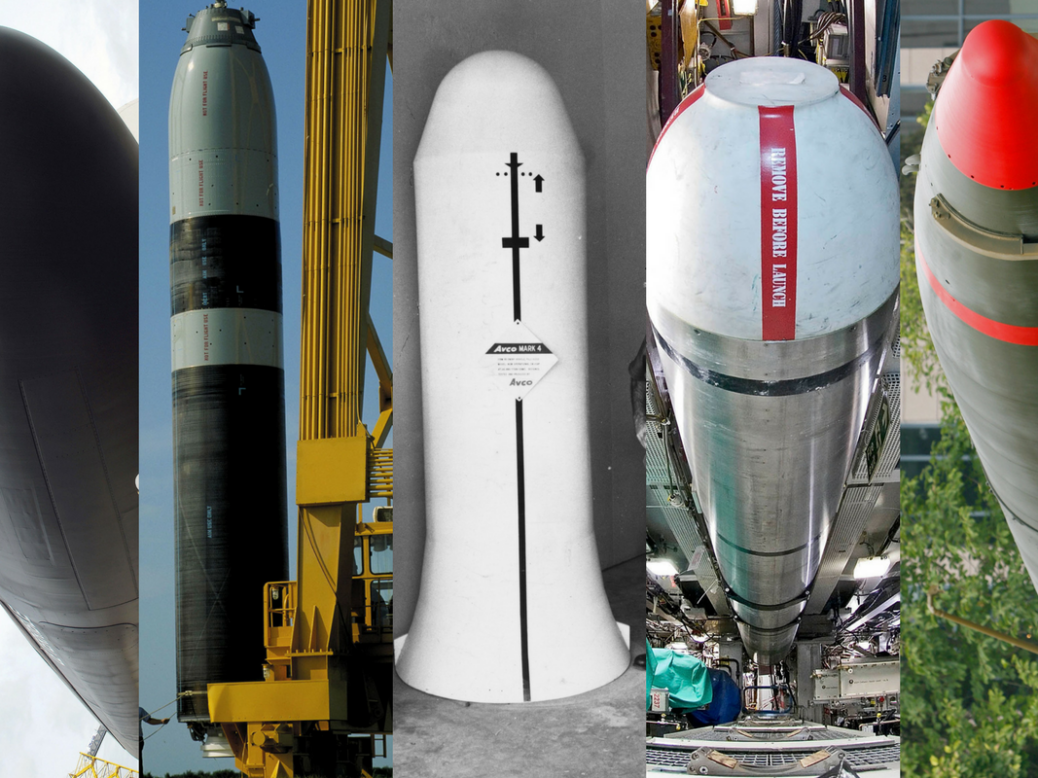
In the latest example of Freudian nuclear gesturing, the US President Donald Trump tweeted that he “too” has a nuclear button, “but it is a much bigger and more powerful one” than the North Korean leader Kim Jong-un’s – “and my button works!”
It sounds a little like Trump is protesting too much – and about something rather closer to home than the US military’s nuclear capacity.



